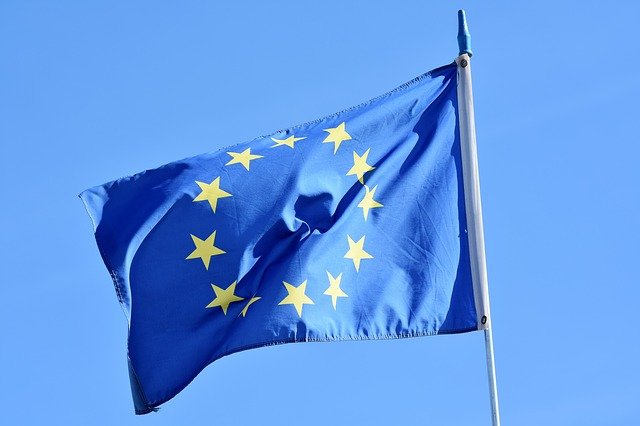Carbon farming has been on everyone’s lips for months, as France aims to push the subject harder during its EU presidency. The EU intends to increase the promotion of carbon-binding practices.
Innovative farmers in Austria are already up-to-date with carbon farming. For some time now, RWA has been offering farmers the opportunity to contribute to reducing CO2 emissions regionally by building up humus with the Future Earth program – which has been developed in the Agro Innovation Lab. The topic is also rapidly gaining importance in the international arena.

In mid-December, the Commission published its Communication on Sustainable Carbon Cycles. Given its ability to store CO2 from the air, land used for agriculture and forestry represents one of the most promising carbon sinks. The paper identifies a number of carbon farming practices, including:
- Afforestation and reforestation in line with the ecological principles of biodiversity and improved sustainable forest management, including biodiversity-friendly practices and the adaptation of forests to climate change
- Agroforestry and other forms of mixed agriculture, in which woody vegetation (trees or shrubs) is associated with crop and/or livestock production systems on the same land
- Intercropping, cover crops and conservation tillage, the enhancement of landscape features and landscape elements, the protection of soils, the reduction of soil loss from erosion and the increase of organic carbon levels on degraded farmland
These management practices should also be rewarded accordingly. The EU Commission has set itself the goal of establishing a common framework by 2022. The AIL is working constantly to monitor current developments and will continue to be push strategies such as offsetting and emissions reduction. Here, we are evaluating various solutions in the areas of animal husbandry, forestry and construction in order to identify further tools for reducing CO2 emissions in such sectors.
